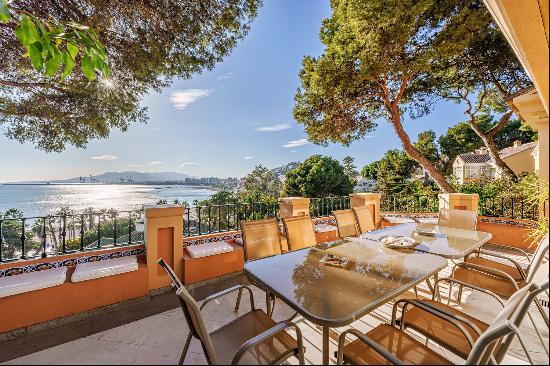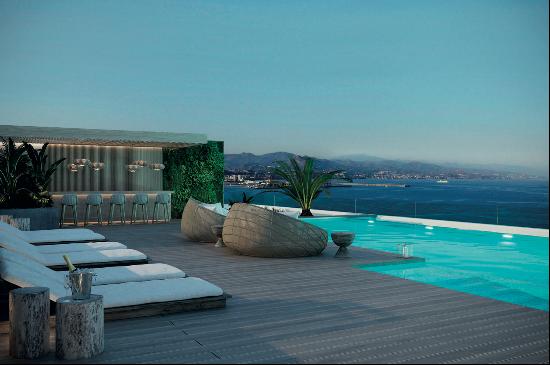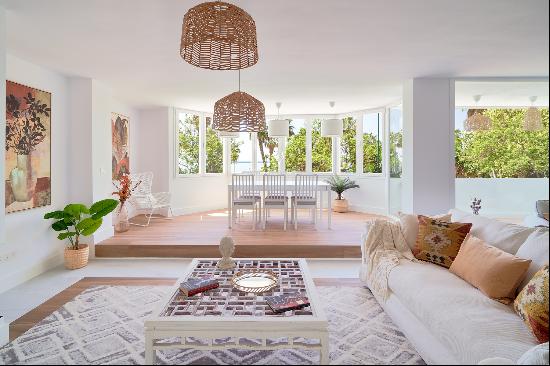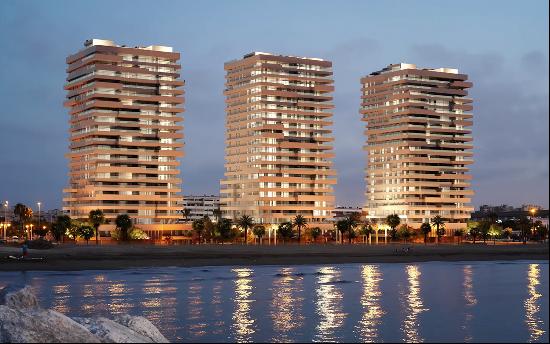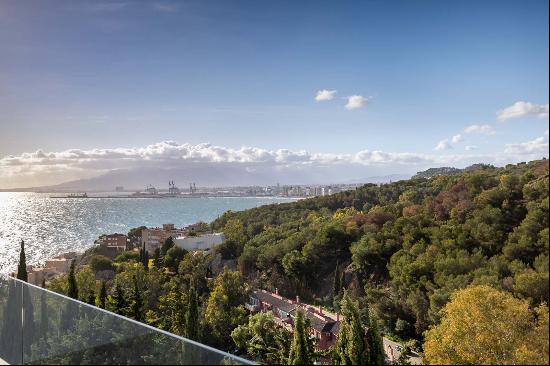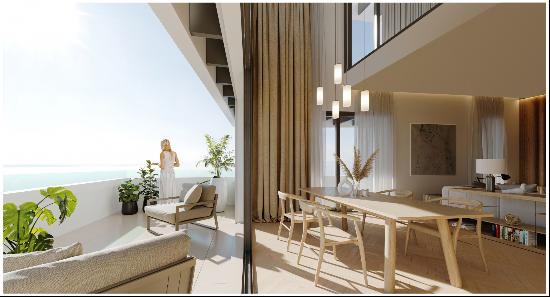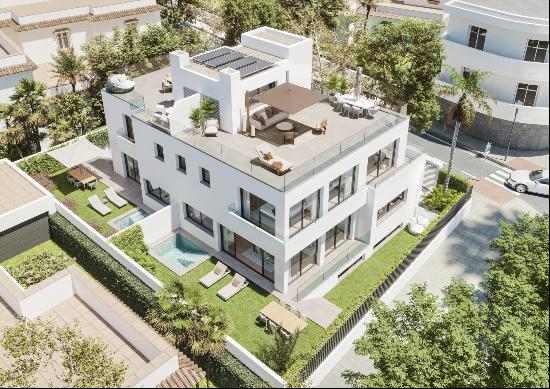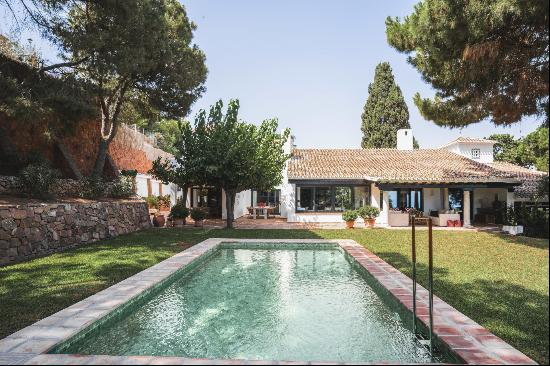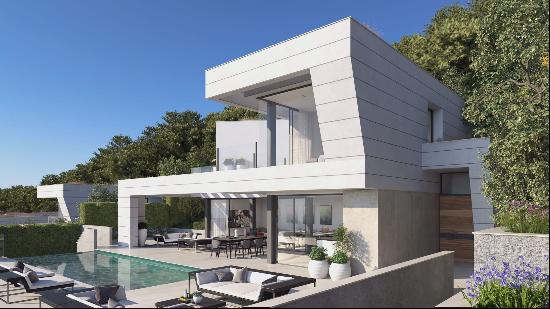
By Elsa Court
The capital of the Costa del Sol in Andalucía has outgrown its package holiday image, diversifying its economy and burnishing its cultural credentials.

Economic growth
Málaga’s recent economic performance has surpassed that of both Andalucía and Spain as a whole. According to research by Analistas Económicos de Andalucía, Málaga’s GDP was up 2.8 per cent in the second quarter of 2019, compared with the same period in 2018, outpacing regional growth of 2.5 per cent. Spain’s GDP grew by 2 per cent over the same period.
While the regional economy has long relied on tourism, Málaga — which offers direct flights to 60 countries — has simultaneously grown as an innovation hub that attracts highly qualified international workers with its modern infrastructure and Mediterranean lifestyle.
Start-up accelerators such as Bolt run English-speaking programmes to attract new businesses. Meanwhile technology giants Oracle, Huawei and Google have offices in the city and surrounding area, nicknamed “Málaga Valley”. Andalucía Technology Park, open since 1992, employs nearly 20,000 people.

Investment opportunity
As a low-crime country with a rich cultural heritage, Spain is attractive to both visitors and expats. A scheme allowing non-EU nationals to apply for residency if they spend more than €500,000 on real estate has attracted investors from Morocco, China and Russia, and, more recently, Latin American countries including Ecuador and Argentina.
Prime residential property on the Costa del Sol remains 50 per cent more expensive on average than in north-east Spain’s Costa Brava. However at an average €2,600 per sq m, high-end property in Málaga is cheaper than that in Marbella, 60km along the southern coast, where average prime prices are €4,100 per sq m.
With prime residential values in the Andalucían city one of the lowest in Savills’ World Cities Index, Málaga is the estate agent’s top tip in Spain for 2020. “The city has undergone a transformation and is a destination in its own right,” says Hugo Thistlethwayte, head of global residential operations.

Historic heart
Founded as Malaka by the Phoenicians in c770BC, Málaga retains historic charm in the cobbled streets and 17th-century churches of its city centre, known as the Centro Histórico. Málaga Cathedral, begun in the 16th century and completed more than 200 years later, incorporates Baroque, Gothic and Renaissance architecture. The Alcazaba is a Moorish fortress dating from the eighth century, while the Roman amphitheatre dates from 1AD.

Cultural calling
Since the opening of the city’s Picasso Museum in 2003, Málaga has emerged as an arts destination. The museum hosts a permanent collection of 166 works by the artist, who was a native of Málaga. New arts venues have followed, including a “pop-up” branch of Paris’ Pompidou Centre, which opened in 2015 and displays some of the main museum’s modern and contemporary art collections. The outpost is due to remain open until 2030.

Beach life
Sea and sand are mainstays of life in Málaga. City dwellers can take a 20-minute stroll east of the centre to Playa de la Malagueta, or venture further afield to the glitzy beaches of Marbella or the more relaxed ambience of the former fishing village La Carihuela, both less than an hour’s drive away.

Looking for a home in Málaga province? Search on FT Property’s Listings.
Photographs: Dreamstime



